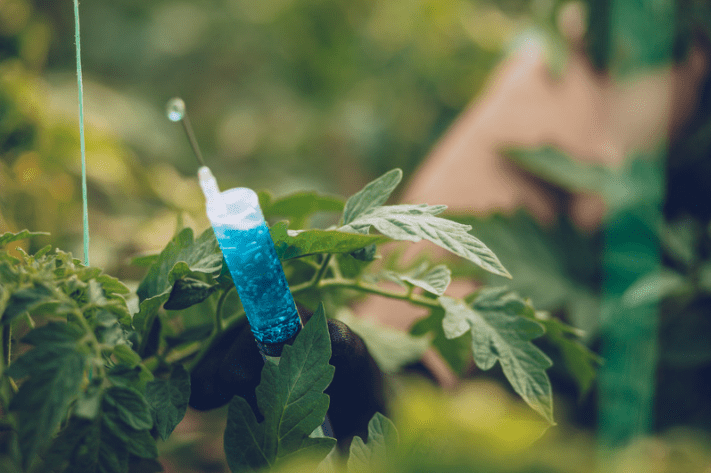Biologicals Present New Possibilities — and Increasing Complexity

Biologicals present new possibilities for managing pesticide resistance, maximizing soil fertility, protecting beneficial organisms, and enhancing or protecting land and water quality – all of which are major challenges in agricultural production. The biologicals segment has transformative potential, and is expected to involve a remarkable amount of innovation in the years ahead.
Increased Investment in R&D
As the biologicals segment continues to grow, we can expect to see increased investment in research and development – both in terms of research dollars flowing into existing R&D programs, as well as complementary research programs coming together, either via collaborative or co-development arrangements, or acquisition activity.
Many companies have a “piece of the puzzle,” so to speak, but putting that puzzle together requires pieces that competitors or new entrants into the space may have.
For example, as large R&D companies and multinationals have increased their attention to developing biologicals, a number of those companies have acquired or invested in emerging companies that have novel technology or the potential to advance or repurpose the proprietary technology of large R&D companies.
Companies that Collaborate Face Tough Questions
One of the challenges posed by collaborations in the biologicals space is the management and protection of proprietary rights. Companies that collaborate are now being faced with tough questions regarding who owns and who has the right to control the dissemination and use of their proprietary technology. Collaborators may sometimes find they have competing rights and interests.
As a result, in addition to navigating traditional intellectual property (IP) challenges – such as determining in which jurisdictions to file for protection and figuring out effective enforcement mechanisms in an IP environment that has significant variability around the world – companies that collaborate in the biologicals space must now determine which party owns the resulting IP and who can disseminate it. For more on this topic read our Who Owns Your Intellectual Property? blog or contact our Agriculture & Food group.
Note: This article is of a general nature only and is not exhaustive of all possible legal rights or remedies. In addition, laws may change over time and should be interpreted only in the context of particular circumstances such that these materials are not intended to be relied upon or taken as legal advice or opinion. Readers should consult a legal professional for specific advice in any particular situation.


